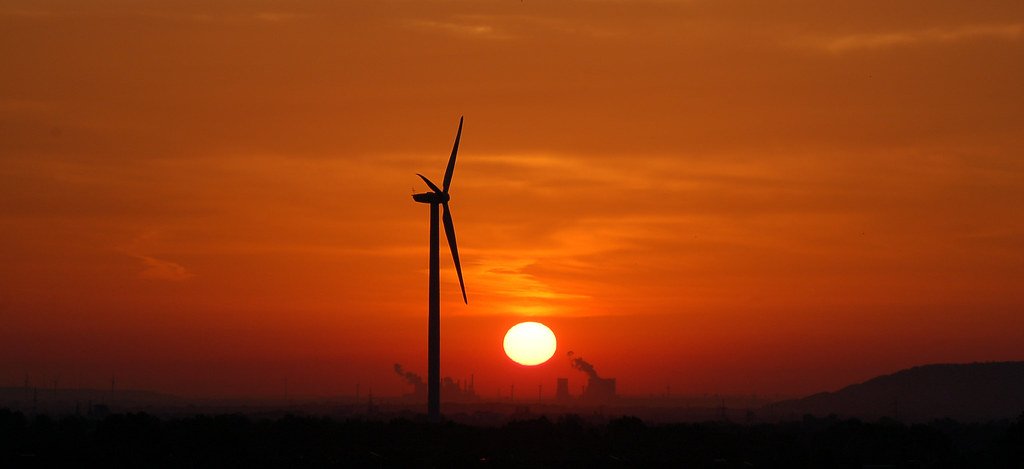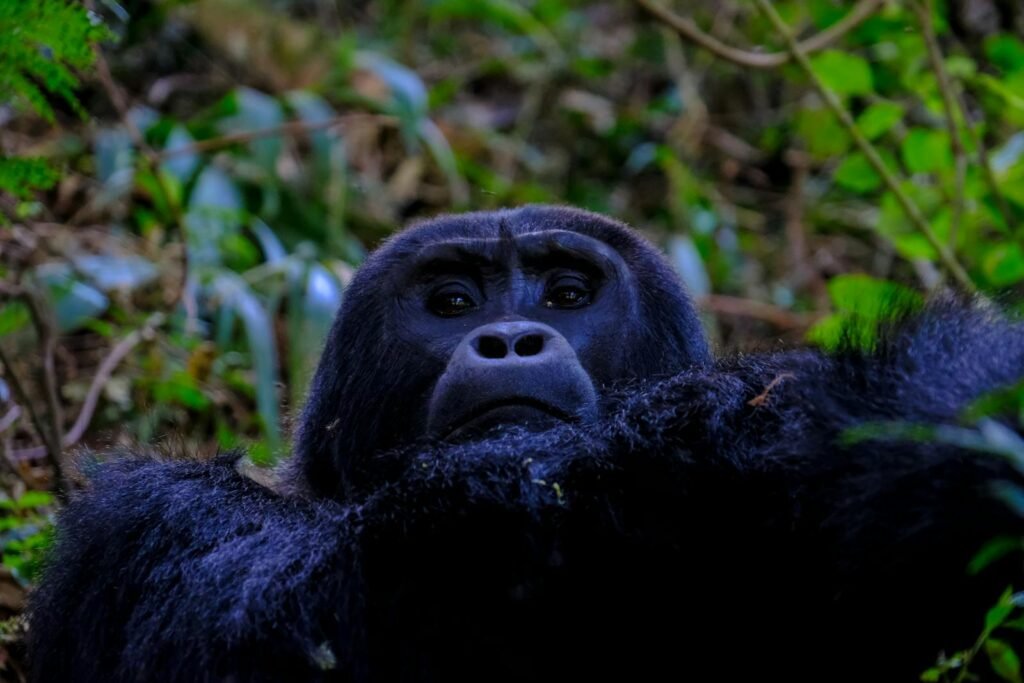Imagine waking up to a world where the sky blazes a furious red, the oceans hiss as they boil away, and the very ground beneath your feet begins to crack and burn. It sounds like the stuff of science fiction or ancient prophecies, but this dramatic fate actually awaits our planet—though not for billions of years. The Sun, our gentle life-giver, harbors a secret: one day, it will turn on us in the most spectacular way imaginable. Let’s embark on a journey through deep time to uncover how our star’s inevitable transformation will spell the end for Earth as we know it.
The Sun: Our Life-Giving Star

The Sun is more than just a bright ball in the sky. It’s a massive, roiling sphere of hydrogen and helium, burning at over 15 million degrees Celsius at its core. Every ray of light that bathes our planet comes from nuclear fusion—tiny atoms smashing together to create energy. This process has powered life on Earth for billions of years, making the Sun both our cosmic furnace and our clock ticking quietly in the background. Without it, Earth would be a frozen wasteland, but with it, life thrives in all its wild diversity.
The Clock Is Ticking: Stellar Lifecycles

Nothing in the universe lasts forever, not even stars. The Sun is a middle-aged star—about 4.6 billion years old, with roughly 5 billion more to go before it runs out of fuel. Like all stars, it’s subject to the laws of physics that dictate its birth, life, and death. Scientists call this a “stellar lifecycle,” and just like people, stars change dramatically as they age. For the Sun, this means a peaceful existence now, but a turbulent future is already written in its DNA.
Hydrogen: The Sun’s Precious Fuel

At the heart of the Sun, hydrogen atoms fuse to form helium in a process that releases mind-boggling amounts of energy. This is what keeps the Sun shining. But hydrogen isn’t infinite—eventually, the Sun will exhaust this vital fuel. The coming crisis won’t happen overnight, but the moment hydrogen runs low, everything about the Sun will change. It’s like running out of firewood on a freezing night: the warmth fades, and new problems arise.
The Growing Sun: Brighter and Hotter

You might think the Sun is steady and unchanging, but it’s quietly getting brighter and hotter. Every billion years, its energy output increases by about 10%. That may sound small, but over time, it means our world will slowly warm. In about one billion years, Earth’s average temperature will rise to levels that threaten all complex life. Rivers will dry up, forests will wither, and oceans will start to evaporate. It’s a slow-motion catastrophe, creeping forward like a shadow at dusk.
The Moist Greenhouse: Oceans Begin to Boil

As the Sun’s heat intensifies, Earth will enter a frightening phase called the “moist greenhouse.” Water vapor, a powerful greenhouse gas, will fill the atmosphere as oceans evaporate. This traps even more heat, creating a runaway effect. Eventually, the seas will boil, turning our blue planet into a hostile steam bath. Life as we know it will be impossible, and only the hardiest microbes might cling to existence deep underground.
Carbon Dioxide Crisis: Plants Perish First

Long before the oceans vanish, plants will start to die off. As the Sun grows hotter, weathering of rocks will suck carbon dioxide from the air, leaving less for plants to breathe. Without CO2, even the toughest plants can’t survive. The collapse of plant life spells doom for animals, including us, since plants form the foundation of every food chain. Picture a world without green—just barren rocks and desert stretching to the horizon.
The Red Giant Awakens

Fast-forward a few billion years, and the Sun’s hydrogen runs out. In a final act of cosmic drama, the Sun will swell into a red giant. It will grow so large that it may engulf Mercury and Venus, and possibly even Earth itself. The sky will glow a deep, unsettling red, and the heat will be unimaginable. Our once-familiar Sun will become a true monster, devouring its children in a wave of fire.
Earth’s Surface Melts

As the Sun becomes a red giant, temperatures on Earth will soar to thousands of degrees. Rocks and soil will melt, turning the surface into a hellish sea of lava. The atmosphere will be stripped away, leaving the planet exposed to the full fury of solar radiation. If any trace of life somehow survived before, it will be utterly wiped out in this final inferno.
Will the Earth Be Swallowed?

One of the most dramatic questions is whether Earth will actually be consumed by the swollen Sun. Some scientists predict the Sun’s outer layers will stretch far enough to pull our planet into its embrace, vaporizing it completely. Others suggest that, as the Sun loses mass, Earth’s orbit might drift outward just enough to escape direct destruction. Either way, whatever remains of Earth will be a scorched, lifeless rock—or simply dust in the solar wind.
The Final Breath: The Sun Sheds Its Skin

After the red giant phase, the Sun will shed its outer layers in a spectacular display, creating what’s called a “planetary nebula.” This glowing shell will drift through space, carrying the last remnants of our solar system’s history. It’s both beautiful and tragic, like a cosmic butterfly emerging from its cocoon, leaving behind only memories of the world it once nurtured.
The White Dwarf Remnant

What’s left after all this drama? The Sun’s heart—now a white dwarf—a dense, Earth-sized ember glowing faintly in the dark. It won’t provide enough heat or light for planets, but it will remain for trillions of years as a silent witness to what once was. Think of it as the ghost of our Sun, haunting the remains of the solar system.
Life’s Last Stand: Microbes and Extremophiles

Even as conditions worsen, life might cling on in the strangest places. Deep underground, shielded from the searing heat, hardy microbes called extremophiles could persist longer than any other life forms. These tiny survivors might endure until the very last moment, a testament to life’s stubbornness and creativity. But eventually, even they will meet their end as the planet’s surface melts and the atmosphere is lost.
The Search for a New Home

Faced with this distant doom, humanity’s best hope would be to leave Earth. Scientists and dreamers imagine building starships or terraforming distant planets to give our descendants a fresh start. It’s a wild vision, but it reminds us that our fate is tied to the stars. The story of Earth and Sun is, in many ways, the story of every living thing: to survive, we must adapt, and sometimes, we must move on.
Echoes in the Universe: Other Dying Stars

Our Sun’s fate isn’t unique. Throughout the galaxy, countless stars are going through the same life-and-death cycle. Astronomers have spotted red giants and glowing planetary nebulae—previews of our own distant future. Studying these cosmic graveyards helps us understand what’s in store for our solar system and reminds us of the grand, interconnected tapestry of the universe.
Lessons from the Sun’s Fate

There’s something humbling about knowing our world’s end is written in the stars. It reminds us that everything is fleeting, and that the universe is both beautiful and indifferent. At the same time, it’s inspiring—knowing the science behind our fate empowers us to cherish our planet and seek new horizons. The story of the Sun’s life and death is ultimately a story about hope, courage, and the will to survive.
Climate Change: A Preview in Miniature

While the Sun’s end is far, far away, the idea that rising temperatures can devastate life is something we’re already beginning to see. Climate change, driven by human activity, offers a small-scale echo of the runaway greenhouse effect that will one day destroy Earth. It’s a wake-up call: if we care about life’s future, we must act now to protect the fragile balance that keeps us alive.
The Power of Curiosity and Science

Our understanding of the Sun’s future comes from centuries of curiosity, observation, and scientific discovery. From ancient sky watchers to modern astronomers using powerful telescopes and computer models, every insight brings us closer to understanding our place in the cosmos. The more we learn, the more we realize how precious and rare our world truly is.
Imagining the End: Art, Literature, and the Sun’s Death

The Sun’s eventual demise has inspired artists, writers, and philosophers for centuries. Poets paint pictures of a dying world, while filmmakers imagine desperate escapes to new planets. These stories let us grapple with the unimaginable, giving us ways to process fear and hope. It’s a reminder that science isn’t just facts and figures—it’s a source of wonder and inspiration.
Earth’s Legacy in the Cosmos

Even after Earth is gone, its story will linger. Fragments of our planet might drift through space, carrying clues to anyone curious enough to find them. The light from our Sun, now a white dwarf, will echo across the galaxy for eons. In a way, the end is not an erasure but a transformation—a chapter in the endless book of the universe.
What Will You Do With This Knowledge?

Knowing the fate that awaits our planet is both sobering and exhilarating. It pushes us to value each day, to marvel at the sunlight on our skin, and to dream bigger than ever before. The Sun’s fiery end isn’t just a story of destruction—it’s a call to explore, to adapt, and to cherish the fragile beauty of our world. What kind of legacy will we leave as our chapter in the cosmic story unfolds?



